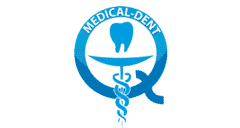Braces are increasingly being chosen not only by children and teenagers, but also by adults. However, many myths have grown up around the wearing of braces, which scare off the undecided. Is this right? In this article, we separate fact from fiction and show you what orthodontic treatment really looks like.
Wearing braces hurts - FACT
Yes, wearing orthodontic braces hurts. However, most patients experience only minor discomfort, especially at the beginning of treatment or after adjusting the braces.
There are several causes of pain. Most often, it is the pressure, which on the one hand is responsible for the proper alignment of the teeth, and on the other is the cause of the aforementioned pain. The metal components of the braces, such as brackets and wires, can also rub against the inside of the cheeks, lips and gums, which can cause abrasions and ulcers. Finally, braces alter the bone structure around the teeth to allow them to move. This can cause minor inflammation in the bone, which in turn leads to pain. The patient's age and individual sensitivity are also important.
And if you want to find out how braces work we recommend our article with a similar title "How braces work".
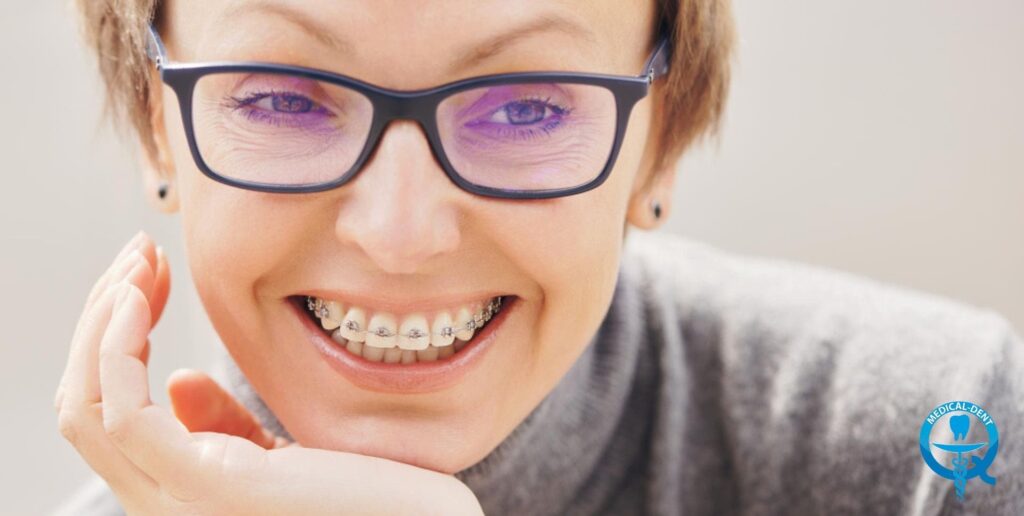
Braces are only for children and teenagers - MIT
Although orthodontic treatment often starts at a young age, it is for everyone. Interestingly, it is becoming more popular with older patients every year, and the argument that it is embarrassing to walk around with braces on your teeth has long gone.
On the contrary, caring for straight teeth is in fashion regardless of age. On top of this, modern technologies such as transparent trays (e.g. Invisalign) or lingual braces (placed on the inside of the teeth) make treatment less visible and more comfortable for adult patients.
And if you want to find out what you can choose from we recommend our resource "Types of braces in the UK - what to choose".
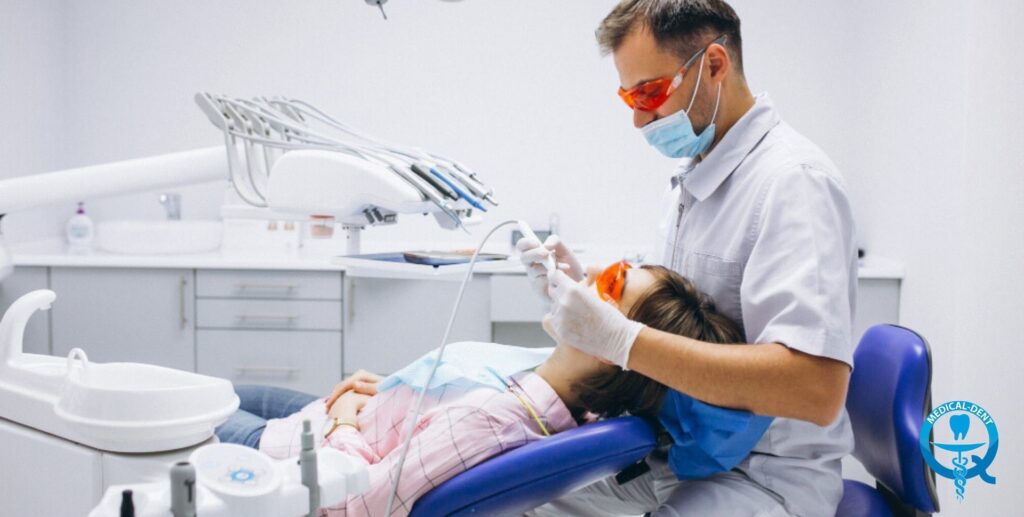
Wearing braces leads to tooth decay and gum disease - MIT
Wearing braces has no effect on gum disease or the appearance of caries. Inadequate oral hygiene during orthodontic treatment is primarily responsible for this, which, however, may be hindered by the braces themselves.
For this reason, patients during treatment orthodontic patients need to take even greater care of the cleanliness of their teeth and the braces themselves. Brush their teeth regularly, floss and use special interdental brushes. This all helps to keep the teeth and gums in good condition throughout the treatment period. Follow-up visits to the dentist also help to prevent problems.
And you can read more about proper hygiene in the text "How to care for your teeth with braces'.
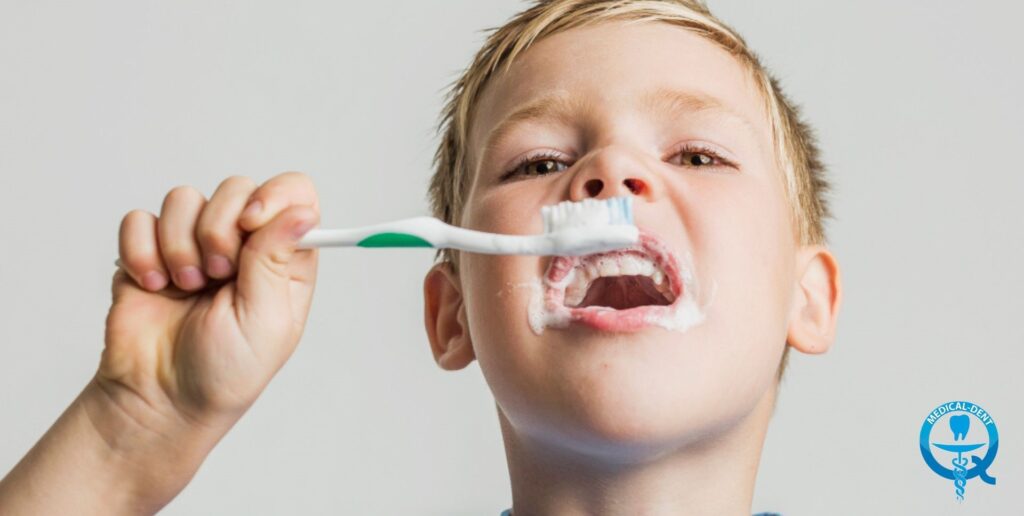
Wearing braces is the result of childhood neglect - FACT
The most common cause of crooked teeth is milk teeth, or more precisely the fact that they fell out too early. As a consequence, the permanent teeth grew in unevenly and not always in the right place and direction.
Unfortunately, this is the aftermath of the belief that deciduous teeth do not need to be treated, and it is true that they need to be cared for in the same way as permanent teeth, or even more so. Millipedes are less mineralised and therefore more susceptible to decay, which is very quickly transferred between teeth.
And what are the other causes of orthodontic treatment and whether it can be prevented you will find out in the text "Crooked teeth - causes and how to get rid of an embarrassing smile"
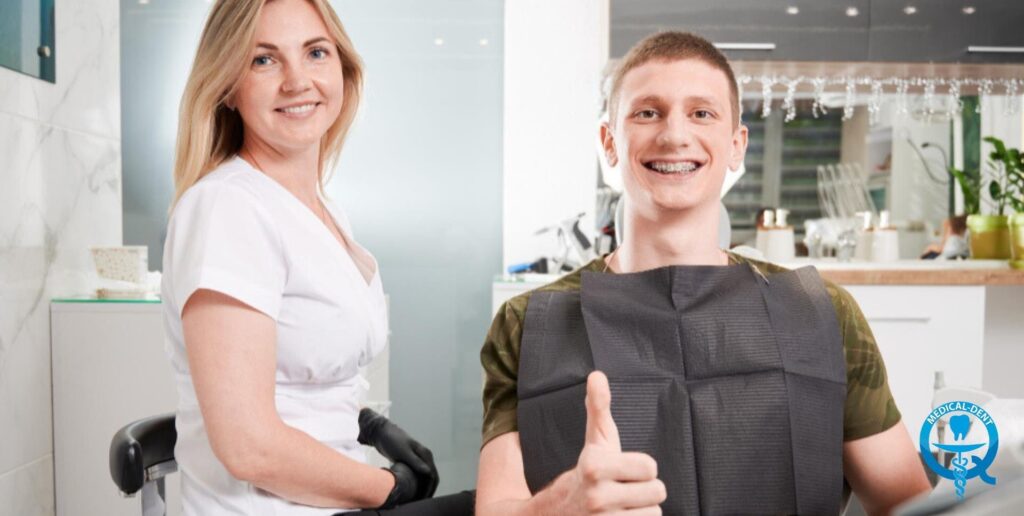
Once orthodontic treatment is completed, the effects last forever - MIT
Orthodontic braces help to straighten teeth and correct the bite, but retention must be worn after treatment to maintain the results achieved.
Teeth tend to come back to their original position, so retention is an essential part of completing the treatment. Most often, the dentist recommends wearing clear trays or fixed wires placed on the inside of the teeth.
In turn, you can read more about this topic in the article "Retention braces in the UK - key information".

Braces mean dietary restrictions - FACT
During orthodontic treatment, it is important to avoid very hard, sticky or sticky foods that can damage the braces. However, most everyday foods will not be a problem.
There are also ways to prepare favourite foods in a way that will not endanger the camera, for example, cutting hard vegetables into smaller pieces.
Whether or not you believe in any of the myths mentioned above and you dream of a beautiful, straight and healthy smile, make an appointment. Our orthodontist will answer all your questions, dispel any confusion and select the best treatment for you.
